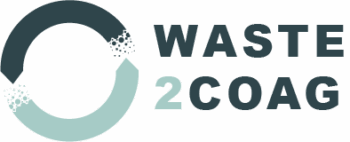Objectives
LIFE Waste2Coag aims to demonstrate an innovative and cost-efficient technology based on the electrolysis of wastes to produce coagulants for the removal of pollutants in urban and industrial wastewater, including emerging pollutants and pathogens.
LIFE Waste2Coag boosts the circular economy in water treatment plants and creates synergies with other sectors, as industrial scrap metallic wastes and brines generated in different industries are valorised, including wastewater treatment plants (WWTP) and desalination plants (DP).
